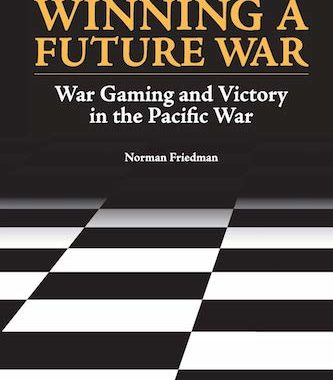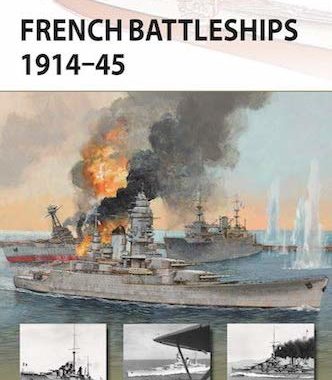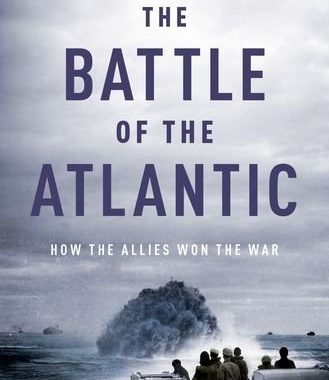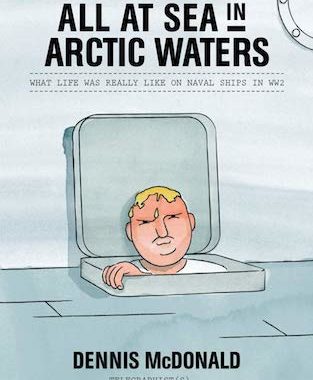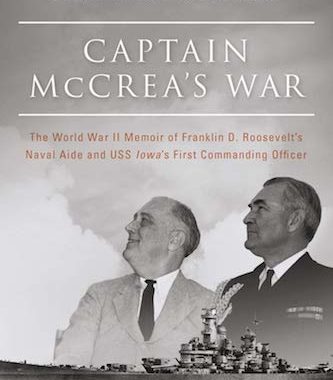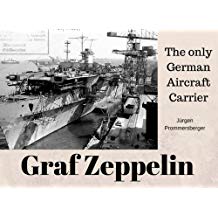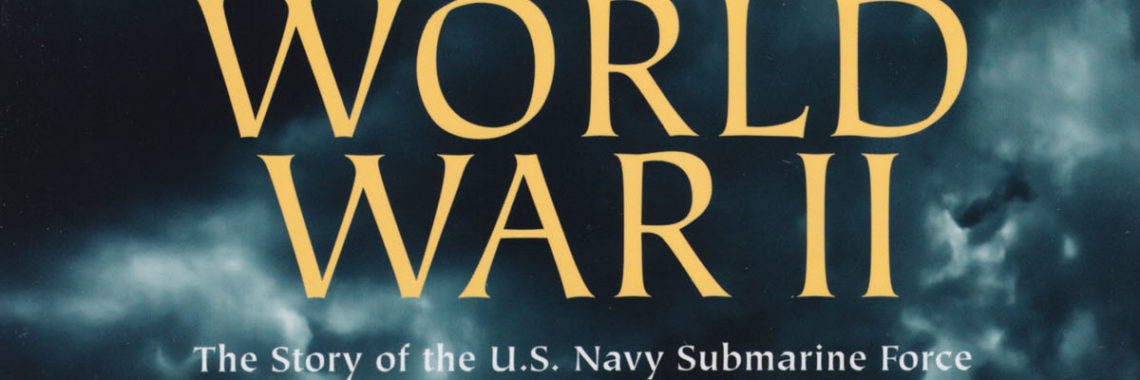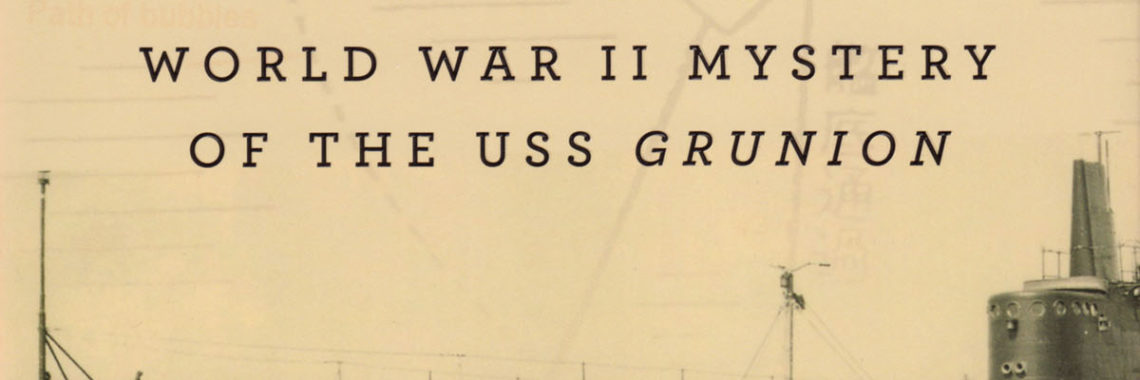USN Fleet Destroyer VS IJN Fleet Submarine; The Pacific 1941-42
For many years after WWII, discussion of the Japanese wartime submarine force focused on its apparent failure – certainly its failure to achieve anything like the US and German submarine campaigns. Writing in the USNI Proceedings in 1961, Japanese submarine officer and historian Kennosuke Torisu notes that Japanese subs sank only a total of 171


